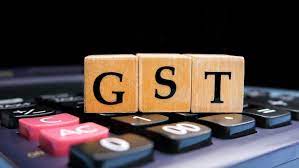The Finance Ministry on Friday proposed a simplified two-tier GST structure featuring a ‘standard’ and ‘merit’ slab, along with special rates for select goods. This overhaul would replace the current 5%, 12%, 18%, and 28% rates. The proposal has been sent to the Group of Ministers (GoM) and will be discussed at the upcoming GST Council meeting next month.
The announcement follows Prime Minister Narendra Modi’s statement earlier in the day that the government will roll out “next-generation GST reforms” by Diwali, promising substantial tax relief for the common man and benefits for small and medium enterprises (SMEs).
Key Focus Areas of the Proposed Reforms:
- Lower taxes on essential and aspirational goods to boost affordability and consumption.
- Reduction in GST slabs to just two — standard and merit — with special rates for a limited set of products.
- End of Compensation Cess, creating fiscal space for rationalisation.
- Correction of inverted duty structures to align input and output taxes, supporting domestic value addition.
- Resolution of classification disputes for greater simplicity and fairness.
- Rate stability and predictability to strengthen industry confidence.
- Simplified processes for businesses — seamless registration, pre-filled returns, and automated refunds.
Since its rollout on July 1, 2017, GST has replaced multiple central and state taxes. In 2024–25, gross GST collections reached a record ₹22.08 lakh crore, a 9.4% year-on-year increase, driven by better compliance and economic formalisation.
The proposed changes aim to streamline the indirect tax regime, ease compliance, and provide targeted relief to households and businesses.

